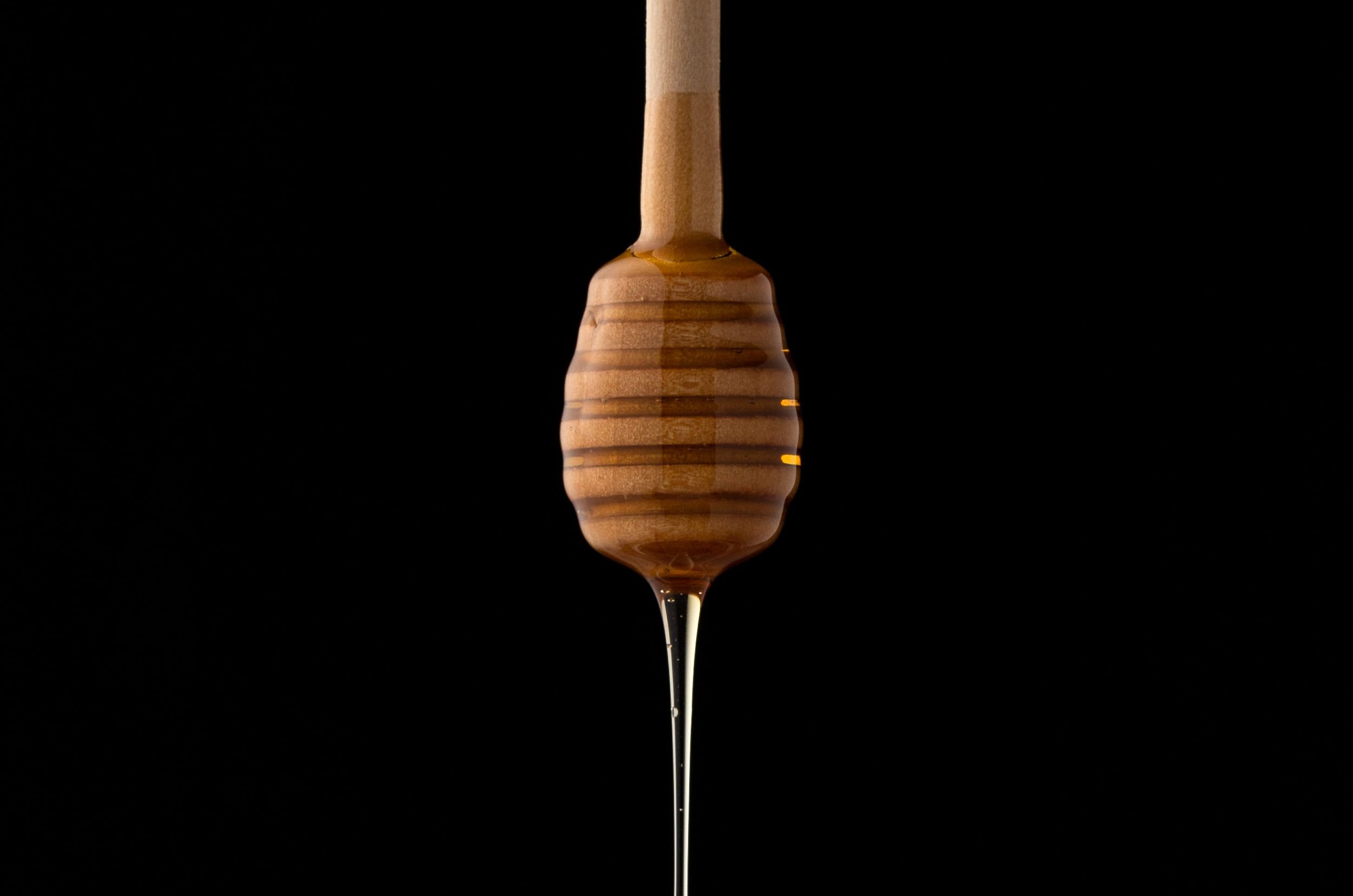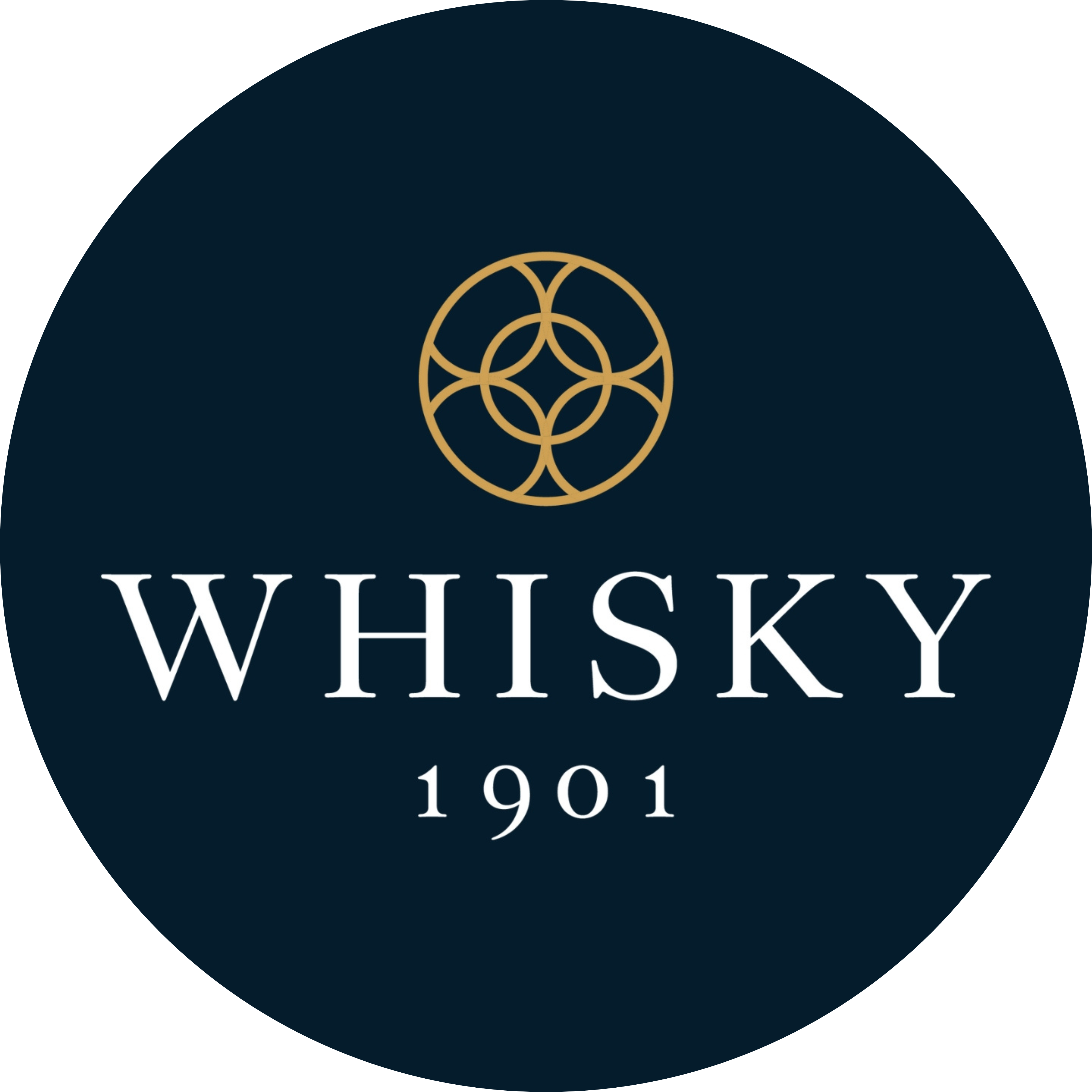Why do we need them?
It is rare to buy a whisky exactly as it comes from the oak cask in the warehouse. This form of whisky is called ‘cask strength’ – this term refers to the natural state and strength of the spirit, which is usually between 50-65% ABV depending on the age.
One example of this is The Collection, Whisky 1901’s very own range of single malts. Each of these bottlings will be presented just as they are. Natural cask strength. With none of the additives mentioned below used.
However, most whisky is not released as cask strength – most people would simply find the high alcohol too challenging. This is why it remains somewhat of a niche market and the realm of the whisky connoisseur.
This is why whisky companies use additives in whisky and deploy several everyday techniques to make their product more appealing to mass market consumers. Let’s look at three of the most common practices.
1. Water
The process of adding water to cask strength whisky from the barrel is called ‘cutting’. This is done to bring the alcohol strength down to a more palatable level for most drinkers. In basic terms, they dilute it. The revised level is usually 40% (the legal minimum strength for Scotch whisky) or 43% ABV (alcohol by volume). The water used is generally from a local source and usually from a spring or bore hole. This may be the same source that a distillery will use during the whisky distillation process.
By doing this, the producers can control consistency and make their whiskies appeal to the largest audience possible. This also helps by not having to change labels with every release or batch, as different casks of the same age can have subtly different strengths. Master blenders will also analyse the whisky at different strengths and dilution levels before deciding on which final ABV to release a product at.
2. Caramel
Probably the main bugbear for some whisky fans. The use of caramel when bottling whisky is an age-old process that remains in common use today, especially in some core range products. The caramel colouring E150 (not to be confused with actual caramel or caramel flavouring) is added to make the whisky look darker and create consistency of pigmentation across different batches of the same whisky. However, this may also give the perception that the whisky may be older than is – rightly or wrongly, some consumers still think that older equals better.
E150 is added prior to bottling – it only takes a tiny amount to dramatically change the appearance of a whisky. This addition does not alter the flavour or feel of the whisky, unless used in highly excessive quantities. The process is for purely cosmetic reasons.
In the UK, the addition of E150 caramel colouring is not legally required to be declared on labels or packaging. Other countries are different – if you see ‘mit farbstoff’ in Germany or ‘farven justered med karamel’ in Denmark, then E150 has been added to that product.
3. Flavourings
If any flavourings are added to a Scotch whisky – honey, fruit, spices, herbs etc – then it cannot be labelled as such. However, there is a growing market for such products, and these have opened the whisky world to new consumers.
While not allowed to be called Scotch whisky, they are named as spirit drinks or liqueurs, depending on the level of sugar added. These can be highly versatile and use whisky as their base. They are often excellent served over ice or used as an ingredient in a cocktail. Famous examples include Drambuie, Glayva and Bruadar.
To find out more about the process behind whisky production or how you can invest in your own whisky bottle or cask, get in touch with one of our experts.




